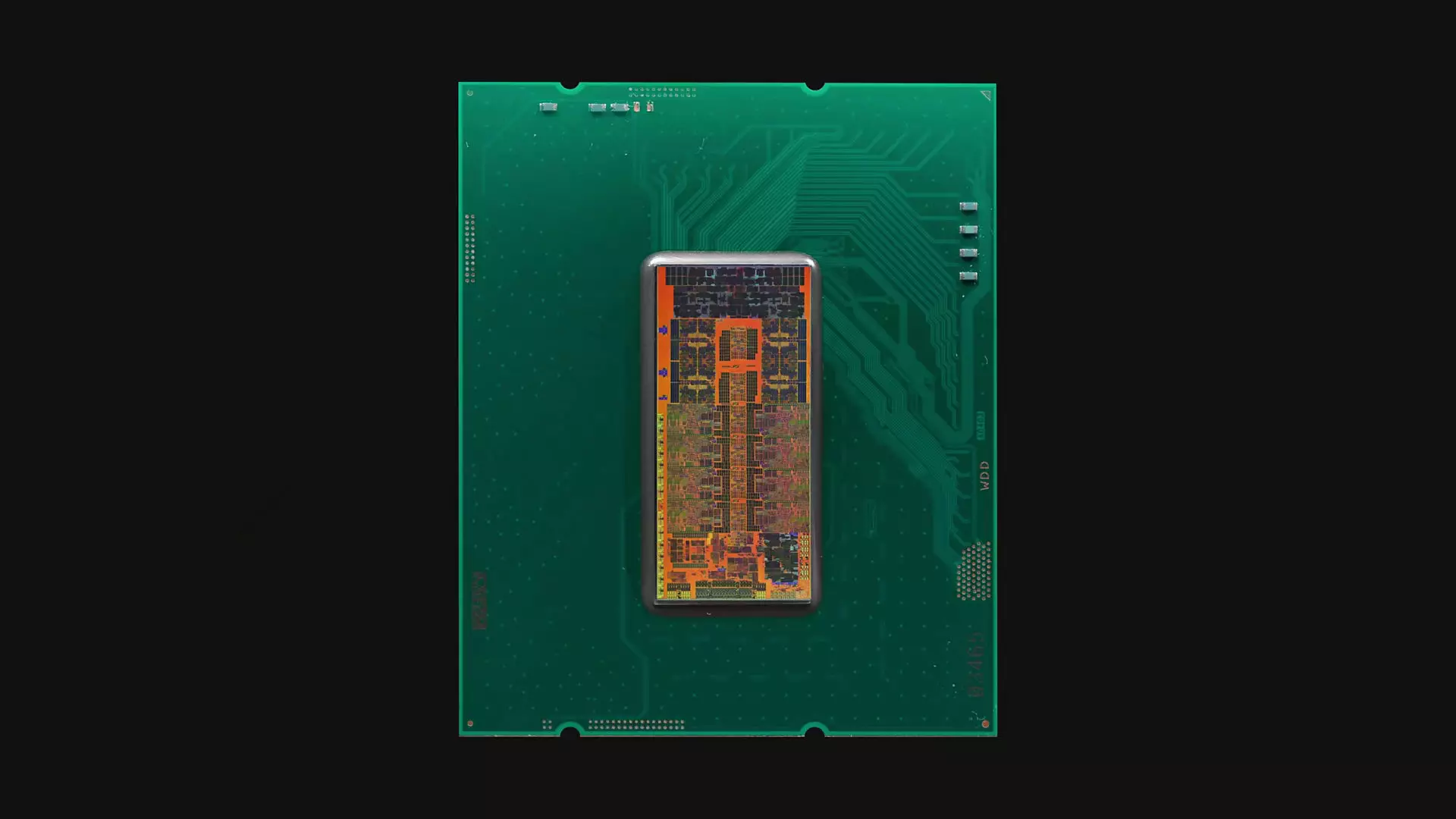In a bold move, Intel has decided to slash the prices of its Arrow Lake desktop processors, causing ripples in the ever-competitive CPU market. The reduction of nearly 25% on the Core Ultra 7 265K and 265KF models is not merely a response to sluggish sales but represents a strategic pivot that directly challenges the dominance of AMD’s Ryzen series. Intel’s decision underscores its recognition of the shifting gaming landscape, where consumers are demanding not just performance but also value for money. Given the dizzying pace of technological advancement, price adjustments can make or break a product’s success, especially in a market where gamers are increasingly discerning.
The New Core Ultra Lineup: A Closer Look
As prices tumble from $399 to $299 for the 265K model, and from $384 to $284 for the 265KF, the implications of these adjustments become clear. Both models boast eight Performance cores and 12 Efficient cores, delivering an impressive balance of power and efficiency. Furthermore, they share a maximum Turbo speed of 5.5 GHz, positioning them as formidable contenders against existing offerings, particularly AMD’s Ryzen 7 9700X. However, the absence of an integrated GPU in the 265KF model allows it to be more budget-friendly, appealing to gamers who already invest in dedicated graphics cards.
While the launch of the Arrow Lake series was marred by setbacks and delays, it appears that Intel is keen on making amends. The previous issues with readiness and performance have raised questions about Intel’s reliability in the past. However, the current pricing strategy tells a different story, suggesting a renewed confidence in their products’ capabilities. This is crucial in an era where consumers value performance per dollar above all else.
Benchmarking Against AMD: The Calculated Risks
The rivalry between Intel and AMD has reached new heights with these developments. The AMD Ryzen 7 9700X, typically retailing above $300, currently holds a slight performance edge in gaming scenarios, clocking in about 5% faster on average. Yet, the equation alters drastically when factoring in multi-threaded productivity tasks. The Intel chips, with their 20-core architecture, significantly outperform the Ryzen counterpart that boasts only eight cores. As gaming becomes increasingly reliant on multi-threading capabilities, Intel’s offerings could prove to be far more future-proof.
This brings about a necessary dialogue around the conventional wisdom of opting for AMD chips as the “safer” bet. Sure, AMD’s Ryzen line has a well-established reputation, but Intel’s latest pricing and core architecture advancements reasonably prompt a second look. The gap in specs signals not just immediate performance metrics but denotes significant implications for longevity in gaming and productivity tasks.
The Future of Multithreading in Gaming
It’s no secret that the gaming industry is slowly shifting towards more complex, multi-threaded games. A recent analysis, revealing this trend gaining momentum, suggests that ignoring Intel’s 265K and 265KF processors could lead to a grave oversight. While many titles are still locked into using fewer threads, the increase in games accommodating multiple cores is undeniable. As such, investing in a processor with a robust core count like the Intel chips could be a wiser decision going forward.
Despite this promising outlook, there remains an undercurrent of skepticism regarding Intel’s recent products. Many industry veterans still remember past missteps, and there are critical voices questioning the efficacy of hybrid CPU architectures in desktop environments, especially when contrasted with their performance in mobile devices. This skepticism might deter some buyers, but the price cuts effectively mitigate the perceived risks, rendering the Intel CPUs deserving of serious consideration.
The New Standard for Gamers
The truth is that the new pricing for Intel’s Arrow Lake CPUs has the potential to set a new standard in the gaming landscape. As gamers weigh more than just clock speeds and raw power now—looking closely at value, efficiency, and longevity—it is evident that Intel is making a concerted effort to climb back into a competitive position. While the past offers hesitation, the combination of a compelling price reduction and enhanced performance metrics indicates a turning point, hinting that Intel’s CPUs may finally offer a sensible balance of price and performance for the savvy gamer.
The implications of these price changes are far-reaching. It suggests not only a potential resurgence for Intel but also a shift in the dynamics of consumer choice in the CPU market. Only time will tell whether this strategy is a masterstroke or merely a temporary fix to deeper underlying issues. But one thing is clear: the landscape is shifting, and Intel is gearing up for a new chapter in its storied legacy.

